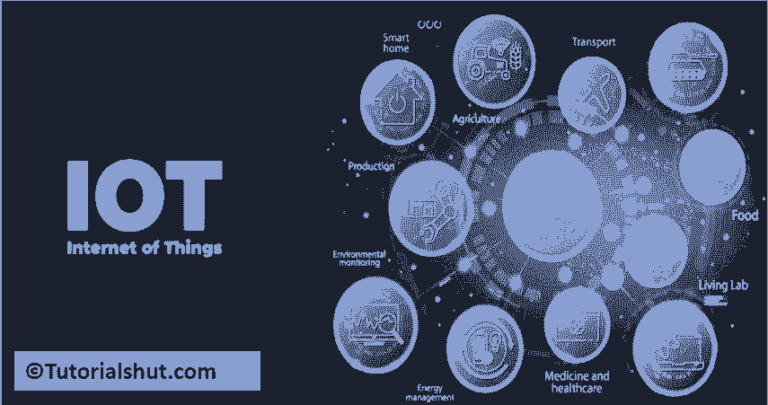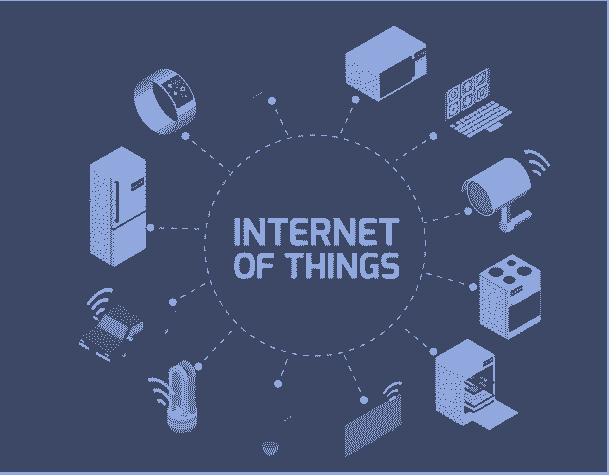What is Internet of Things(IoT) ? Basic definition and Examples
Internet of Things with examples
In this article we will discuss about below topics:
- What is Internet of Things?
- How IoT works?
- Real time examples of IoT

What is Internet of Things?
The Internet of Things (IoT) is a network of interconnected devices, objects, and systems that are capable of exchanging data and communicating with each other. IoT technology has been rapidly growing in recent years and is now being used in a variety of industries and applications. In this article, we will explore the architecture of IoT technology and provide four real-time examples of how it is being used today.
Architecture of IoT Technology
The architecture of IoT technology consists of four main components:
- Sensors and devices
- Connectivity
- Data processing
- Applications
Sensors and devices are responsible for collecting data from the physical world, such as temperature, humidity, and motion.
Connectivity refers to the communication infrastructure that allows devices to exchange data and interact with each other.
Data processing involves analyzing and interpreting the data collected by sensors and devices, often using machine learning algorithms.
Applications are the user-facing interfaces that allow individuals and organizations to interact with and control IoT systems.
Real-Time Examples of IoT Technology
- IoT in Smart Homes
- IoT in Industrial Automation
- IoT in Healthcare
- IoT in Smart Cities

IoT in Industrial Automation
IoT technology is being used in the industrial automation industry to improve efficiency and reduce downtime. By connecting machines, sensors, and systems to the internet, manufacturers can monitor and control their operations in real-time, making adjustments to optimize performance.
One real-time example of IoT being used in industrial automation is the Siemens MindSphere platform. MindSphere is a cloud-based IoT operating system that enables manufacturers to collect and analyze data from their machines and systems, allowing them to optimize performance and reduce downtime. By using machine learning algorithms, MindSphere can predict equipment failures before they occur, reducing maintenance costs and improving efficiency.
IoT in Healthcare
IoT technology is being used in the healthcare industry to improve patient outcomes and reduce costs. By connecting medical devices and systems to the internet, healthcare providers can monitor patients remotely, provide more personalized care, and improve efficiency.
One real-time example of IoT being used in healthcare is the Philips HealthSuite Digital Platform. The HealthSuite platform allows healthcare providers to collect and analyze data from medical devices and patient records, providing real-time insights into patient health. By using machine learning algorithms, HealthSuite can predict potential health issues before they occur, allowing healthcare providers to intervene early and improve patient outcomes.
IoT in Smart Cities
IoT technology is being used in the smart city industry to improve sustainability, safety, and efficiency. By connecting infrastructure, vehicles, and buildings to the internet, city governments can monitor and control their operations in real-time, making adjustments to optimize performance.
One real-time example of IoT being used in smart cities is the City Brain project in Hangzhou, China. City Brain is a cloud-based platform that uses machine learning algorithms to analyze data from traffic cameras and other sensors, allowing city officials to optimize traffic flow, reduce congestion, and improve safety. By using real-time data and machine learning algorithms, City Brain can quickly adapt to changing conditions, improving efficiency and reducing costs.
Conclusion
IoT technology is a powerful and transformative technology that has the potential to revolutionize a wide range of industries and use cases. Its ability to connect devices and systems and collect and analyze data in real-time can improve decision-making, reduce costs, and improve outcomes for individuals.
